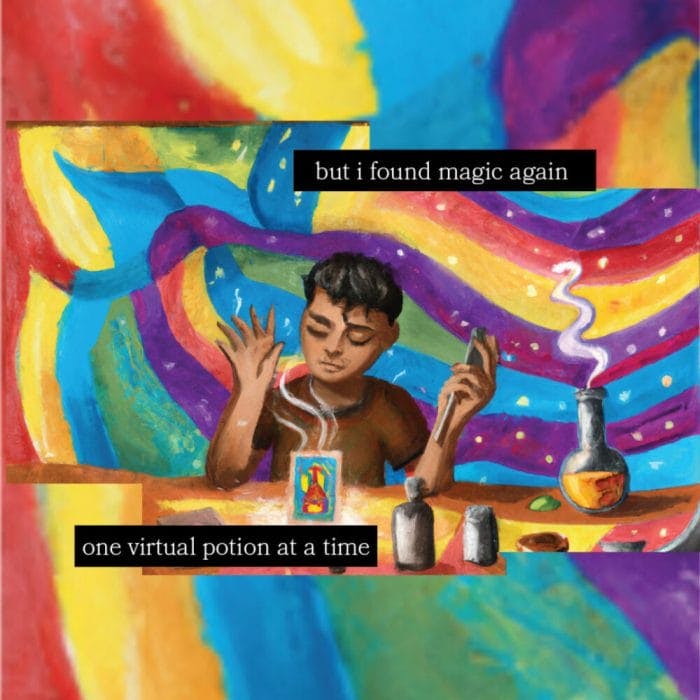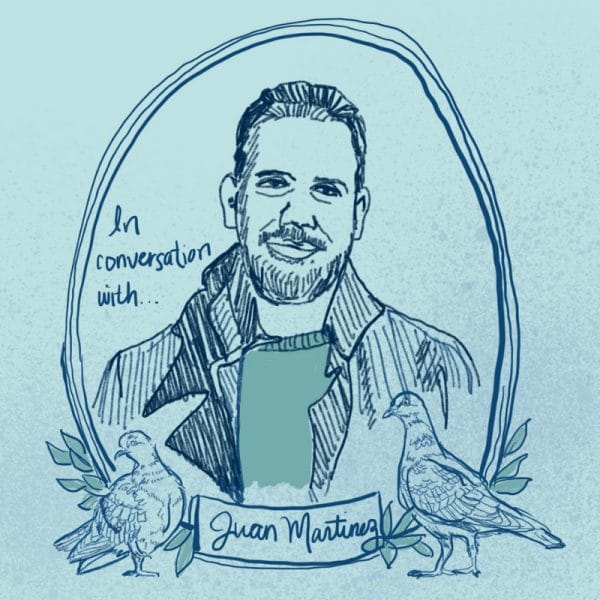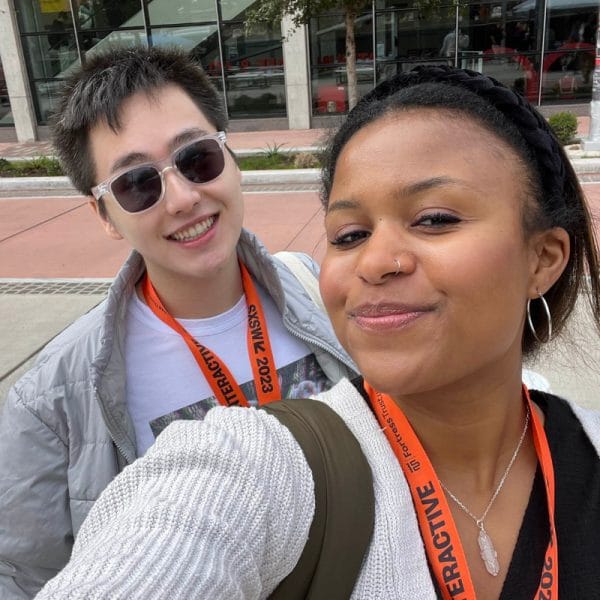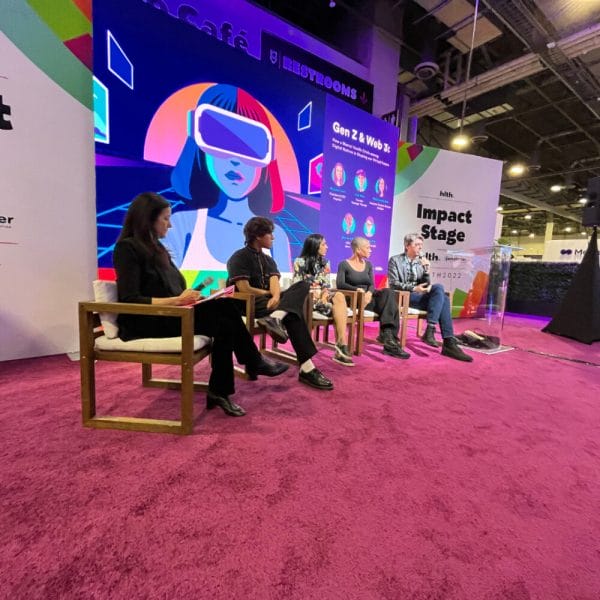I’m seeing an exciting future for digital spaces, and it’s… cozy?
I grew up with video games. My brothers and I played every competitive game there was: first person shooters, sports games, racing games, and especially fighting games. It was our bonding time, and made for some intense holidays. But in recent years I’d stepped away from gaming to focus on leveling up my career and exploring my independent identity. I didn’t think there was much new for video games to offer me.

Earlier this year, I was at Pax West, a video game conference to learn more about gaming culture, emerging tech, and to see how the industry had evolved. I wanted to listen from gamers first hand about identity, what gaming meant to them, and what games had the biggest lines.
As I wandered the floor, I saw a line forming at what appeared to be a witch’s tent. I noticed a lot of cosplayers – witches – playing and taking photos. The line was refreshingly diverse from a gender perspective, with non-binary pins proudly displayed by many folks in line.
The tent was for a game called Potion Craft, which a friend later informed me was a Wholesome Game. “A what? Is that a genre?” I asked.
It turns out Wholesome Games is both a gaming company and a growing genre of non-competitive games that centers relaxation and wellness, sometimes referred to as “cozy games”. And as soon as I found them, something clicked for me.
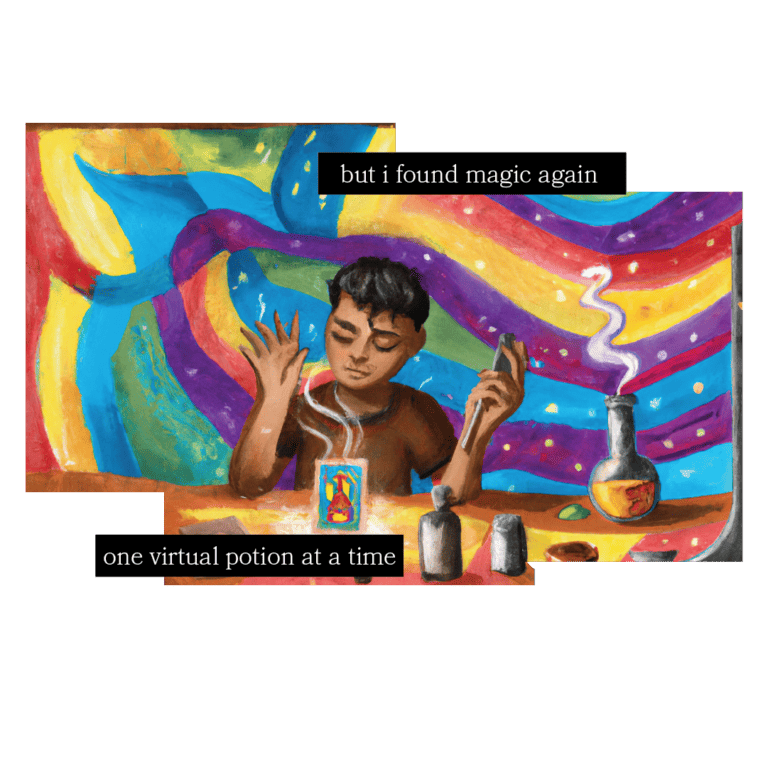
I started to dive into games like My Witchy Life, where you create potions and help local villagers with their personal problems. Most of the game play is fairly chill, but as your character starts talking about their mental health and the rituals that help you, I noticed how engaged I was, in a way I frankly am not with most games or digital health products. And it wasn’t just me. Instagram is full of shares about how this game has been helpful for players to reflect on their own mental health, and aided them in relaxing real-world activities like organizing their crystals, doing tarot, and healing.
Games like Terra Nil and The Garden Path both have you tending to land, gardening, and creating in different ways. In The Garden Path you play as a character in a “slice of life sim about the joys of gardening.” The game looks like a painting, the music is low fi vibes, and the game’s internal clock is the same as your real world one. The focus here is to play slow and in short spurts just as if you were gardening in the real world. Terra Nil is all about taking wastelands and slowly creating new life from them. You start with a windmill and the task of cleaning up a river, and over time you cultivate a lush land…before starting the puzzle over. Both games reward you with beautiful visuals, a sense of accomplishment, but most importantly leave you feeling chill.
Everything about these games is welcoming, from their artistic style to their designed interactions. Even creating your avatar in these games can be inclusive, letting users actually represent themselves. I created a brown skinned non-binary masc, and there was something meaningful in being able to create something that truly felt like me…right down to being able to add he/they as my pronouns.
By emphasizing chill vibes over combat, these games offer new roles for how and why people game. For some, they even become a lifestyle activity. Cozy gamers often ritualize the experience, and create “cozy set ups,” which might include surrounding your monitor with plush animals, or laying a soft fabric to cover the surface of your desk. Some even play cozy games to help their mental health or to help them get out of a rut.
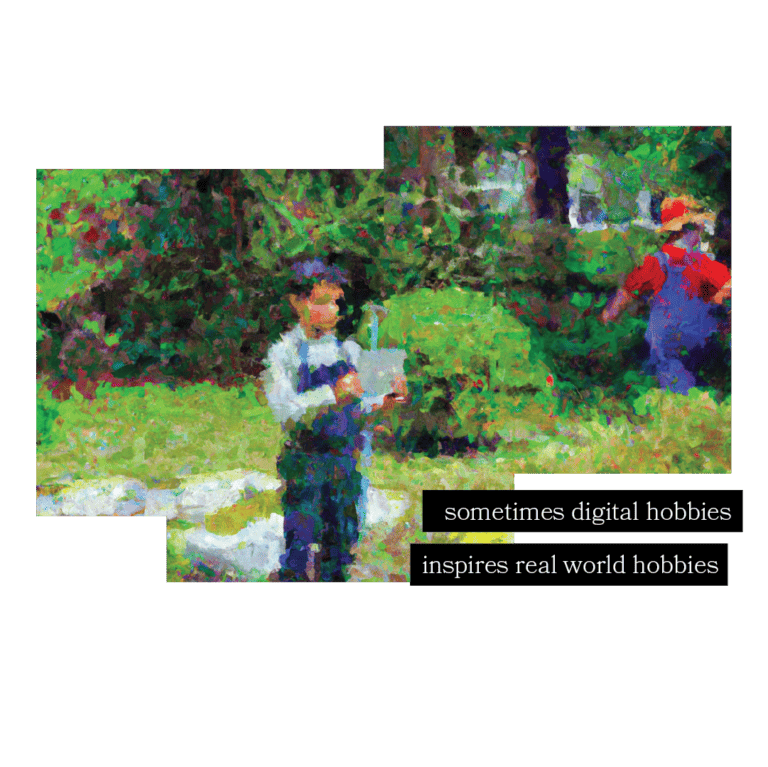
While my work in UX Design at Hopelab doesn’t focus directly on witchy games, I was inspired to see games that engage mental health in a holistic way. And while UX has borrowed much from gaming in the form of things like gamification (cue eye roll), I wonder what we can borrow from Wholesome Games.
After spending time in the witch tent, here are some aspirations that excite me as a designer:
1. Create an inclusive place to play.
2. Make the journey beautiful.
3. Learn from femmes and women in gaming.
Creating inclusive places to play
Many of the games recommended by Wholesome Games feature diverse main characters– queer, gender expansive, and racially diverse characters. At Hopelab we know the power of identity, we hear it from young people all the time. imi.guide, a tool we recently built in partnership with CenterLink and the It Gets Better Project to help affirm LGBTQ+ teens, made it a mission to add diverse perspectives and voices because teens wanted a tool that was more accessible to more people.
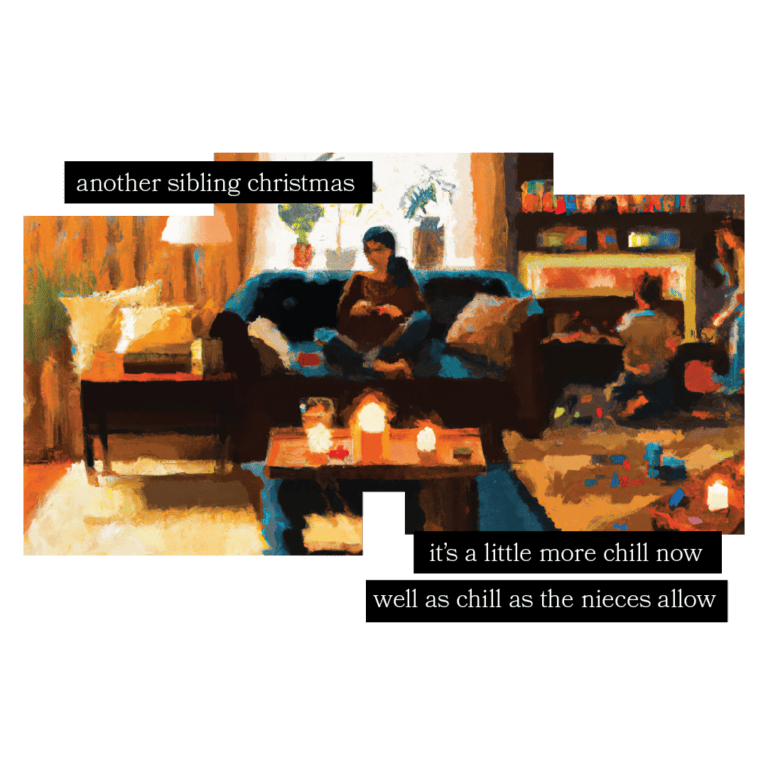
Make the journey beautiful
I think UX design and health tech can take some cues from wholesome video games. I’m in so many product meetings where we talk about retention in our tool, especially since retention is necessary for some of the most impactful health outcomes. Sometimes we even tap into gamification in the hopes of getting our users attention, usually in the form of a rewards system. Wholesome games reminded me that the journey is what creates value for the user– the journey in creating a character, the journey in learning about a new world, the journey in learning non combat mechanics. With beautiful pacing, graphics, UI, and storytelling, I forget all about badges, coins, and points.
Learn from femmes and women
Another part of the glow up is who the game developers are today, compared to 10 years ago, and what values these developers hold. If you look up “#cozygames” or “#wholesomegames” on social media you’ll see many women, femme, and non binary influencers, gamers, and developers. Including and centering these designers allows us to evolve and push the boundaries of gaming. I think there’s also a lot men and cis folks can learn from this space, from learning how to relax with game play in a different way, to having a different relationship with our virtual characters, to embracing an expansive view point.
As more people gain digital fluency and spend more time fluidly shifting between digital and physical spaces, it is essential that we design purposefully for inclusion, wellness, and resilience. We want people to be their best and authentic selves, to feel welcomed, and to build healthy and supportive relationships. My journey to discover Cozy games has redefined for me what good can look like online, and I am so excited about the future of digital spaces. As a UX designer, I’m inspired to find new ways to add surprise and delight to products. As a gamer, I’m hungry for products and features that are more inclusive, holistic, and that build towards better mental health outcomes along the way. I still look forward to the holidays and trash talking with my brothers, but maybe soon we’ll also swap stories of how our avatar witches practice self-care.
Hopelab is a proud partner in the Designing for Digital Thriving Challenge, alongside IDEO, Riot Games, The Fair Play Alliance, and the Joan Ganz Cooney Center at Sesame Workshop, where we are surfacing and supporting approaches that make it easy for anyone to design online spaces that help individuals, groups, and communities truly thrive in today’s connected world.

